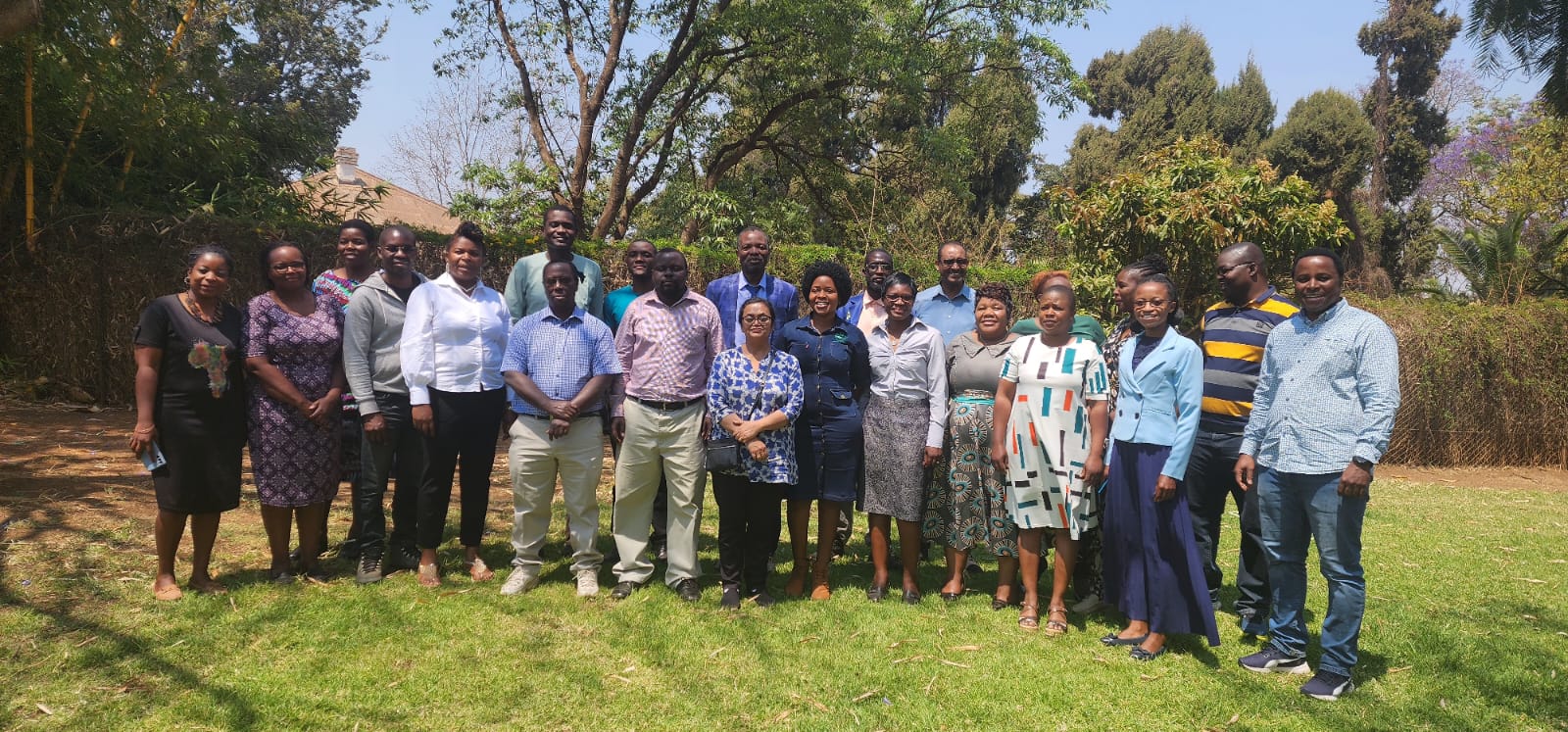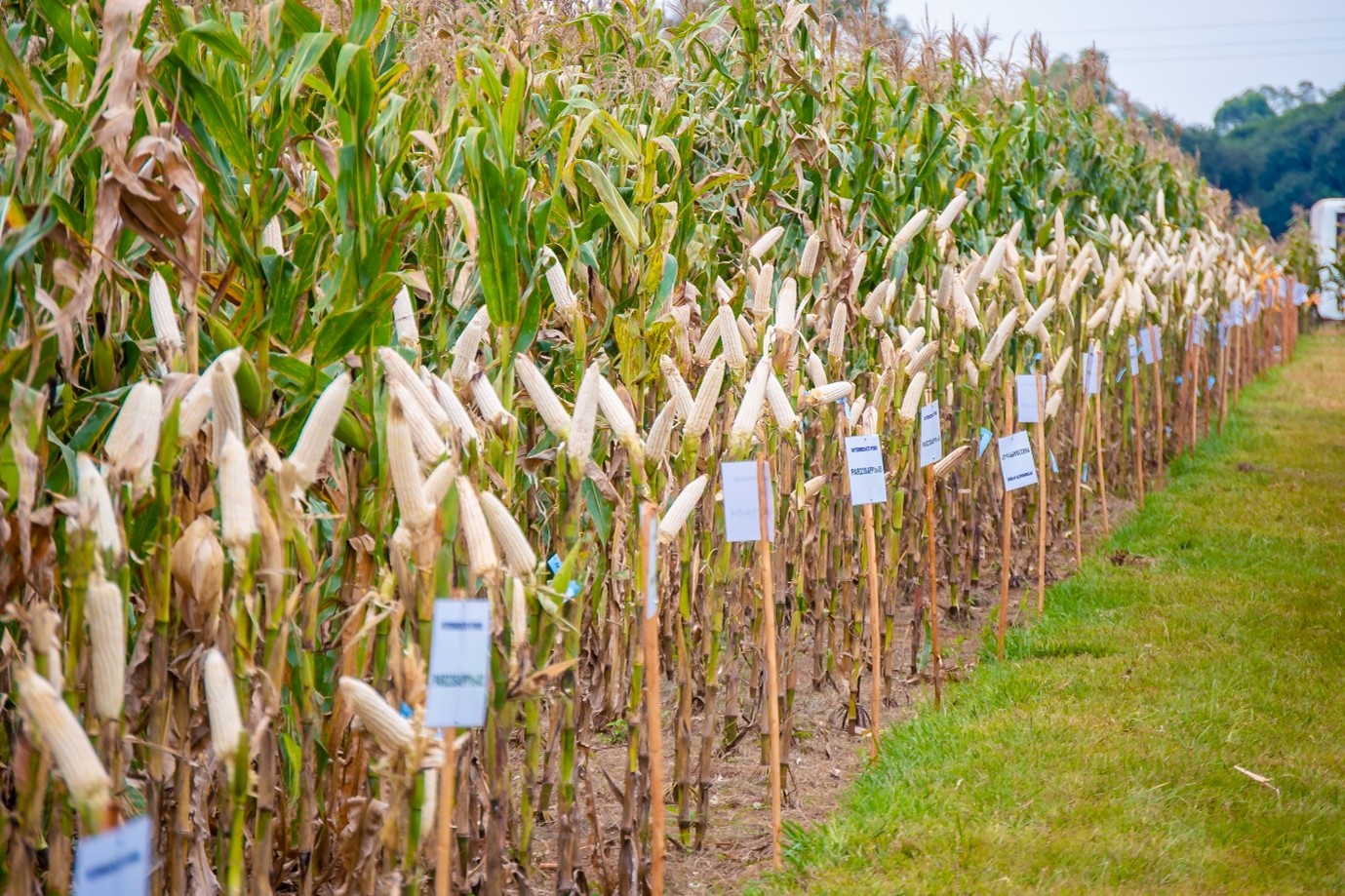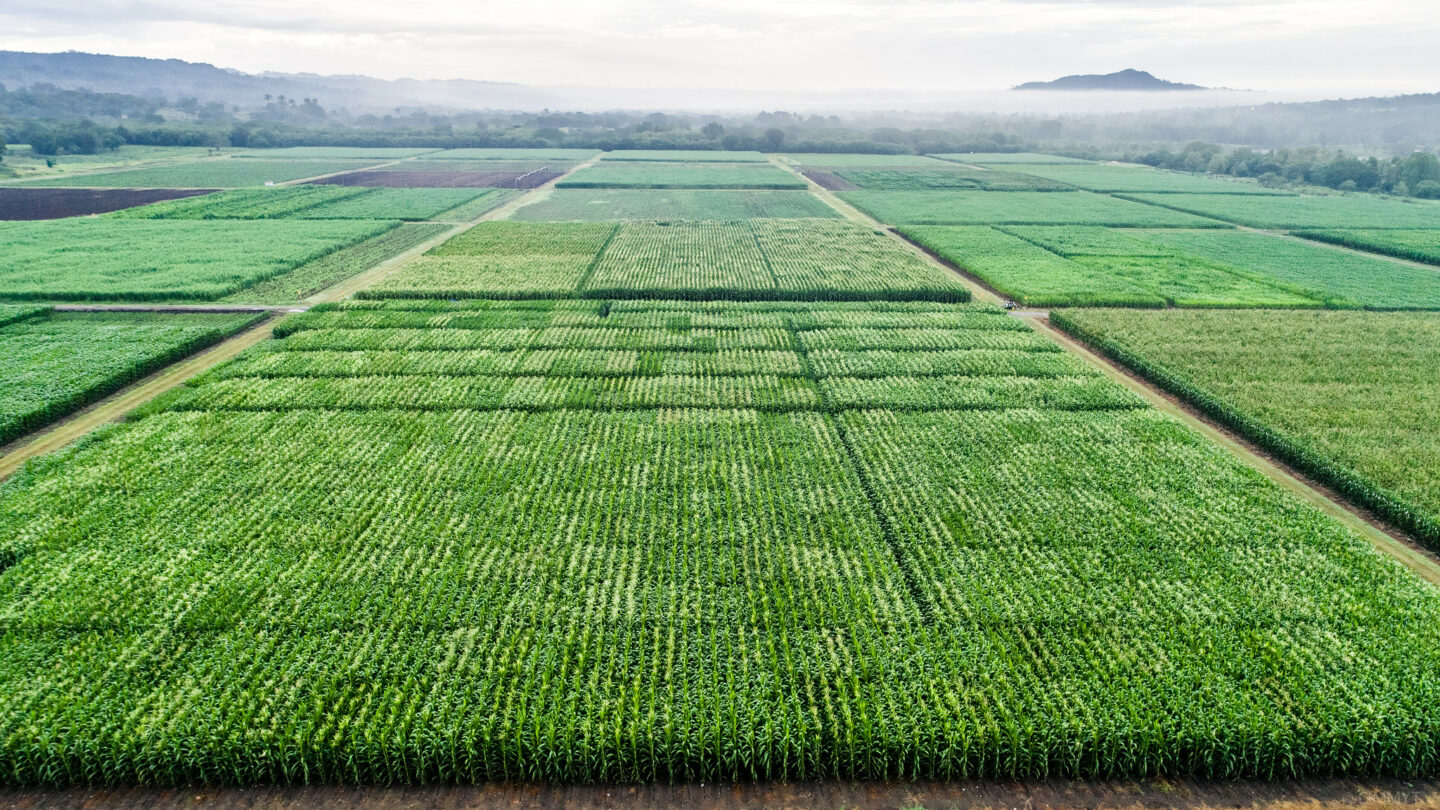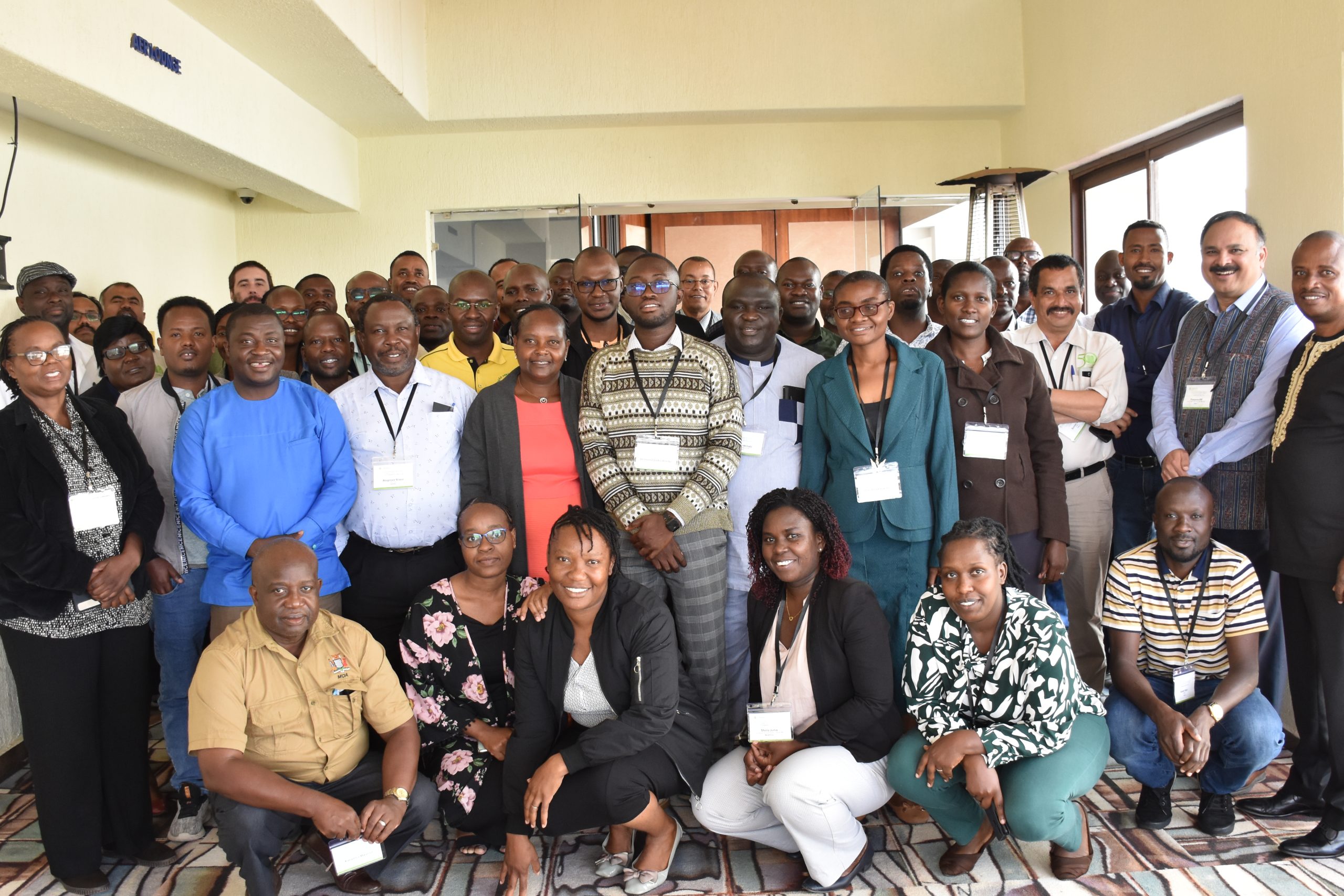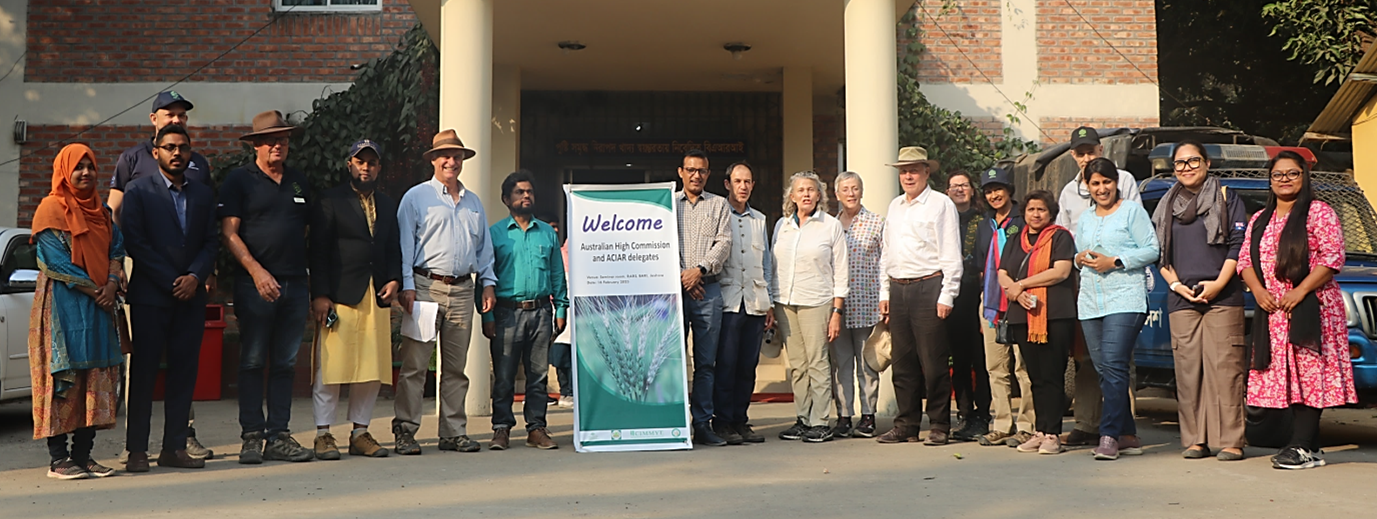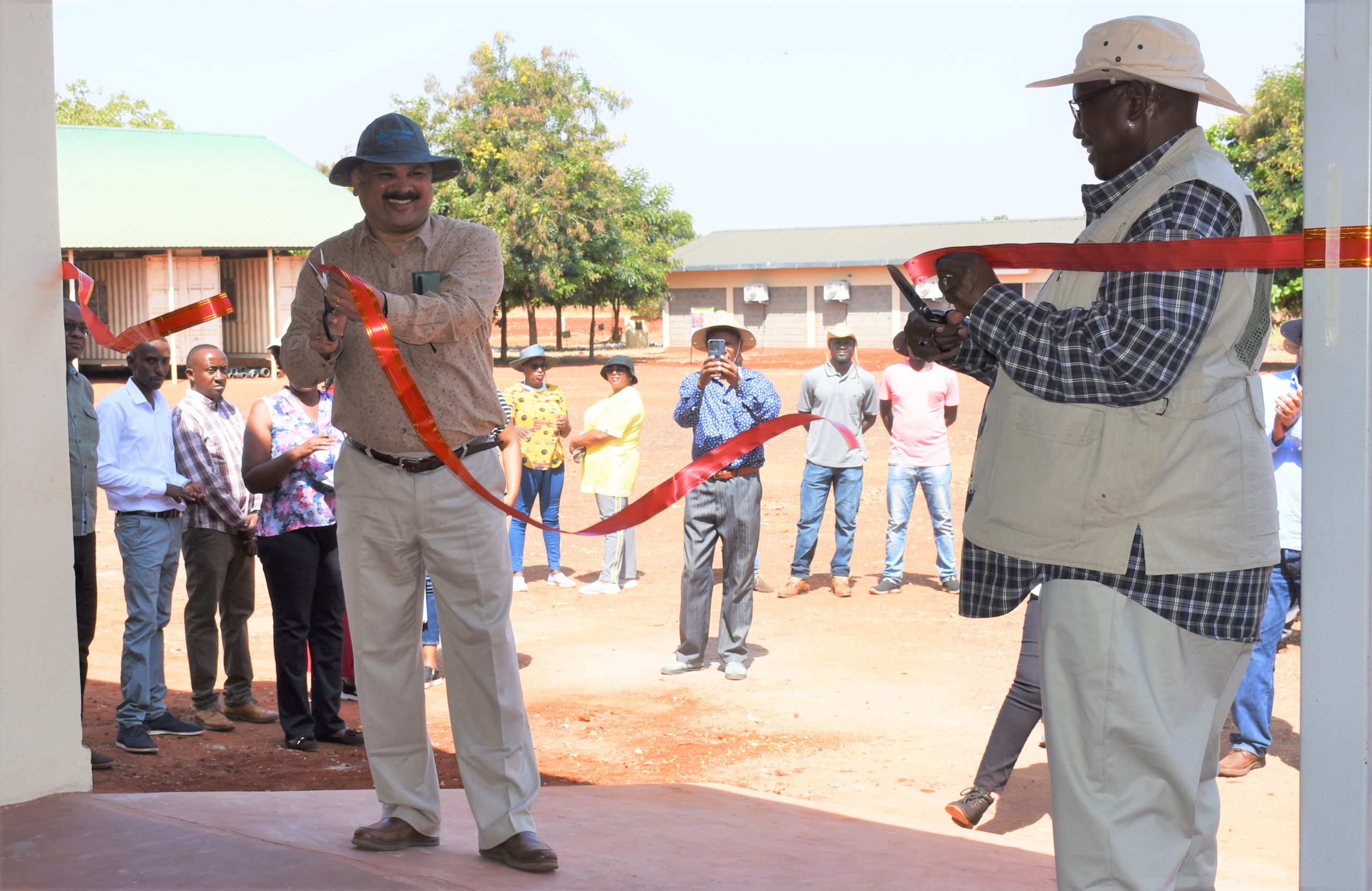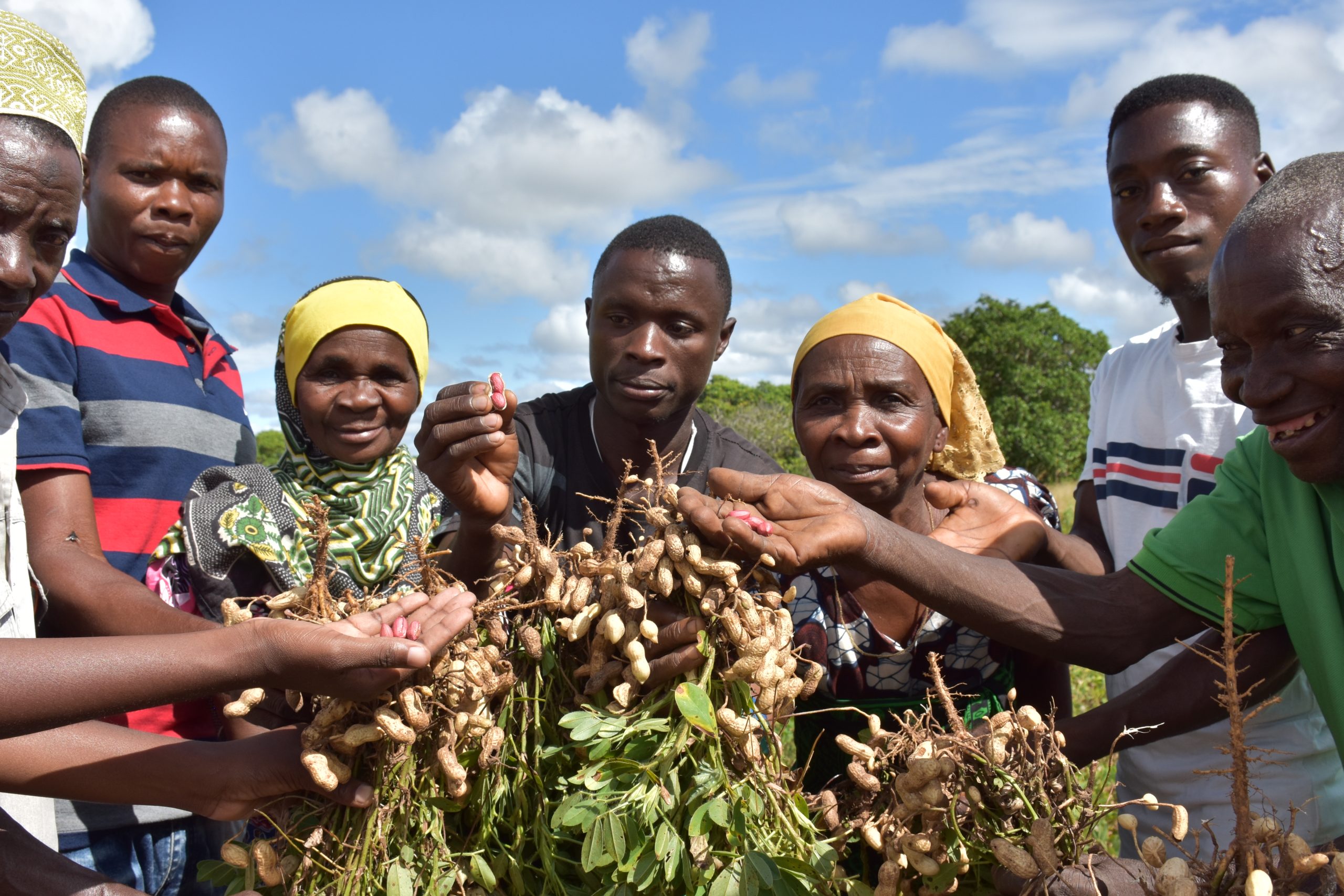Resource-poor farmers in low-income and middle-income countries will hugely benefit from improved crop varieties that perform better in terms of nutritional quality, income generation, water and nutrient use, stability of yields under climate change, and the needs of both women and men as farmers and as consumers.
However, many smallholder farmers still grow old varieties, in part because they derive inadequate benefits from recent breeding efforts. To trigger timely adoption, new varieties must be widely available and affordable to farmers, and offer a step-change in performance through higher rates of genetic gain. A faster pace of varietal turnover is critical – to enable farmers to adapt and advance rapidly as climatic and market conditions change.
Breeding programs also need a greater focus on developing farmer- and consumer- preferred varieties adapted to distinct production environments, markets and end uses. This can be facilitated by smarter design of breeding programs; stronger partnerships between CGIAR, National Agricultural Research and Extension Systems (NARES) and small and medium enterprises (SMEs); and strengthened organizational capacity.
This Initiative aims to develop better-performing, farmer-preferred crop varieties and to decrease the average age of varieties in farmers’ fields, providing real-time adaptation to climate change, evolving markets and production systems.
The objective will be achieved through:
- Re-focusing breeding teams and objectives on farmers’ needs, in particular the needs of women, through achievable product profiles and breeding pipelines targeting prioritized regions and market segments.
- Reorganizing breeding teams to drive efficiency gains through the coordinated engagement of specialists and processes using a common organizational framework, stage gates, key performance indicators and handover criteria.
- Transforming towards inclusive, impactful CGIAR-NARES-SME breeding networks with empowered partners, along with customized capacity building, standardized key performance indicators, and by dividing labor and resources across partners according to comparative advantage and aligned with national priorities.
- Discovering optimum traits and deployments through agile, demand-driven and effective trait discovery and deployment pipelines, and development of elite donor lines with novel and highly valuable traits.
- Accelerating population improvement and variety identification through optimizing breeding pipelines (trailing, parent selection, cycle time, use of Breeding Resources tools and services, etc.), with the goal of assuring all programs deliver market-demanded varieties that deliver greater rates of genetic gain per dollar invested.
Engagement
This Initiative will work with breeding programs serving countries in Sub-Saharan Africa, and South Asia, along with Asia and Latin America. Priority countries for the Initiative include Ghana, Kenya, Nigeria, Senegal, Tanzania, Uganda, Zambia and Zimbabwe in Africa, and Bangladesh and India in South Asia.
Outcomes
Proposed 3-year outcomes include:
- At least 75% of breeding pipelines are oriented towards specific market segments, enabling greater focus on farmers’ needs, drivers of adoption, distinct impact areas and the strategic allocation of resources.
- At least 70% of breeding pipelines use a revised organizational framework that provides operational clarity and effectiveness for specialized teams pursuing breeding outputs.
- At least 80% of the breeding networks have implemented documented steps toward stronger partnership models where NARES and SMEs have increased breeding capacity, and make greater scientific, operational and decision-making contributions to the breeding process.
- At least 50% of breeding pipelines are supported by a dedicated trait discovery and deployment program that delivers high-impact traits in the form of elite parental lines.
- At least 70% of breeding pipelines have increased the rate of genetic gain in the form of farmer-preferred varieties, with at least 50% providing significantly improved varieties delivered to seed system recipients.
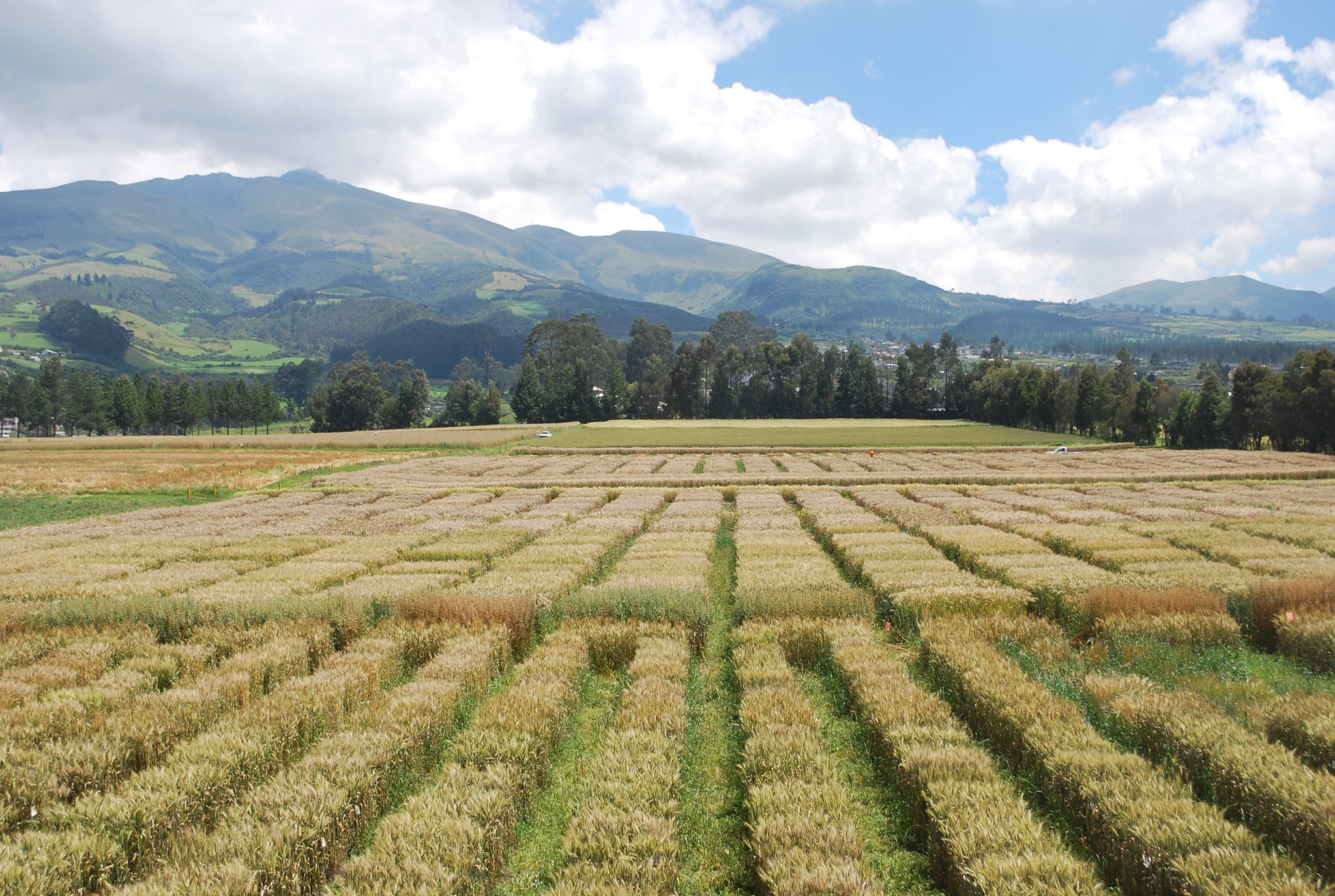
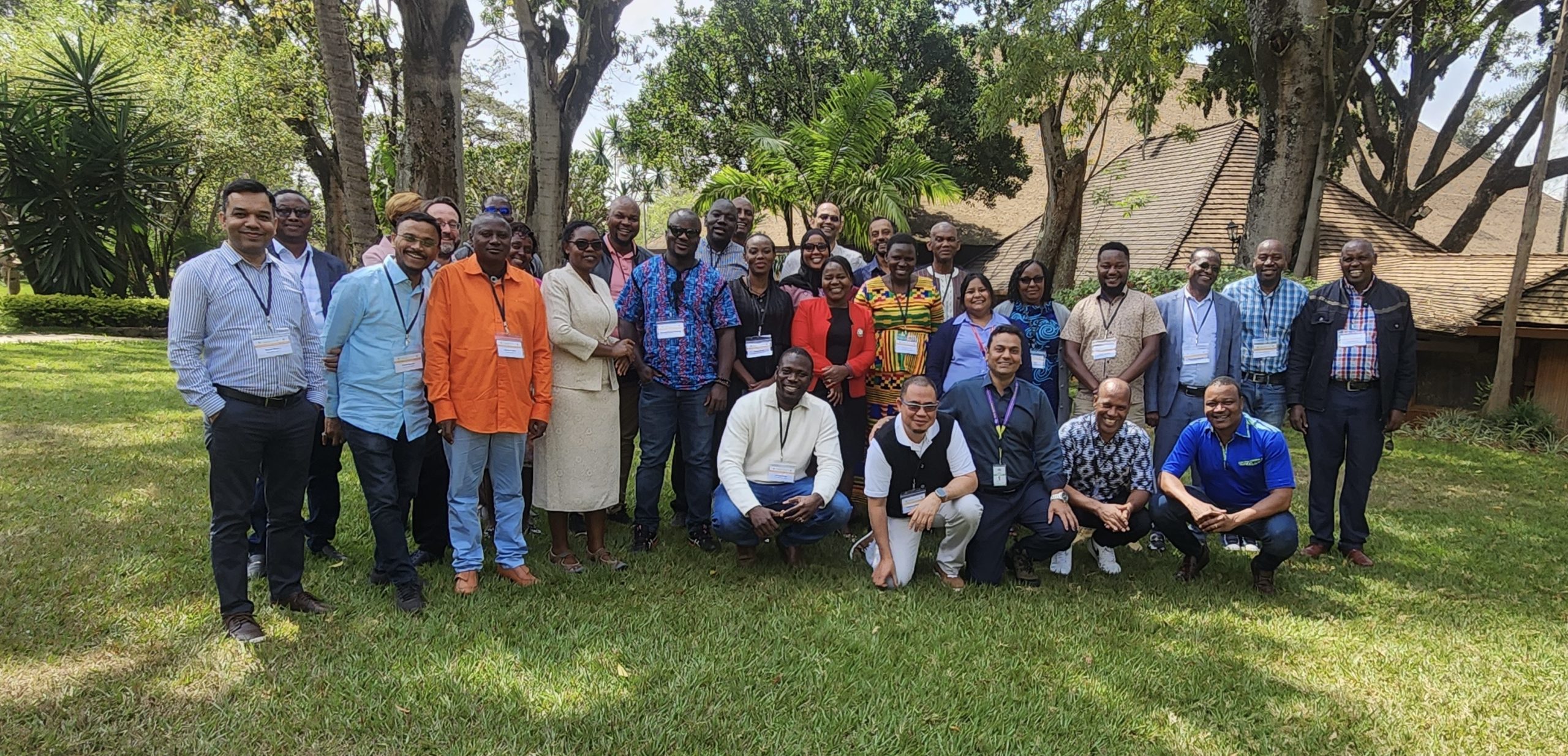
 Capacity development
Capacity development 